You Know Your Straight Line From the Curve
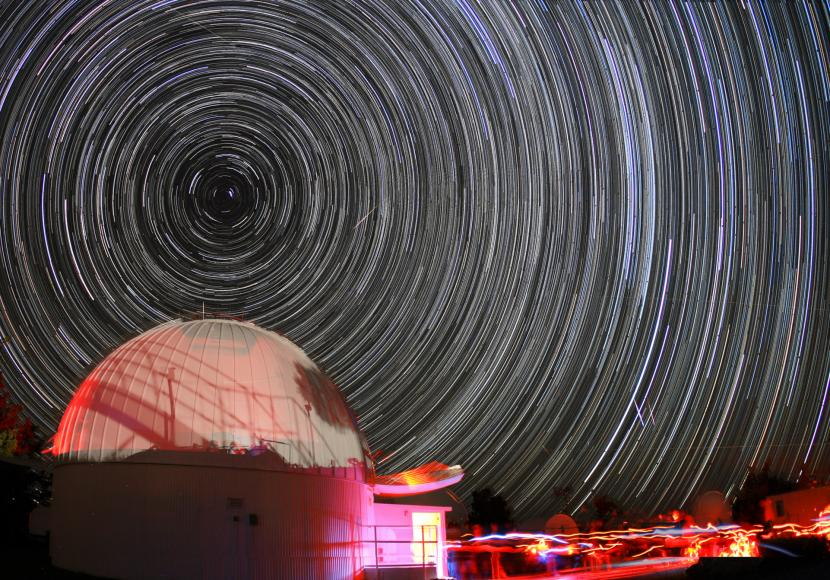
Thursday, August 15, 2013: Streaks of Perseid meteors intersect arcing star trails above the Mt. Lemmon SkyCenter in Arizona. 274 exposures combine in this image by Adam Block, made on August 11, 2013.
— Tom Chao
First!
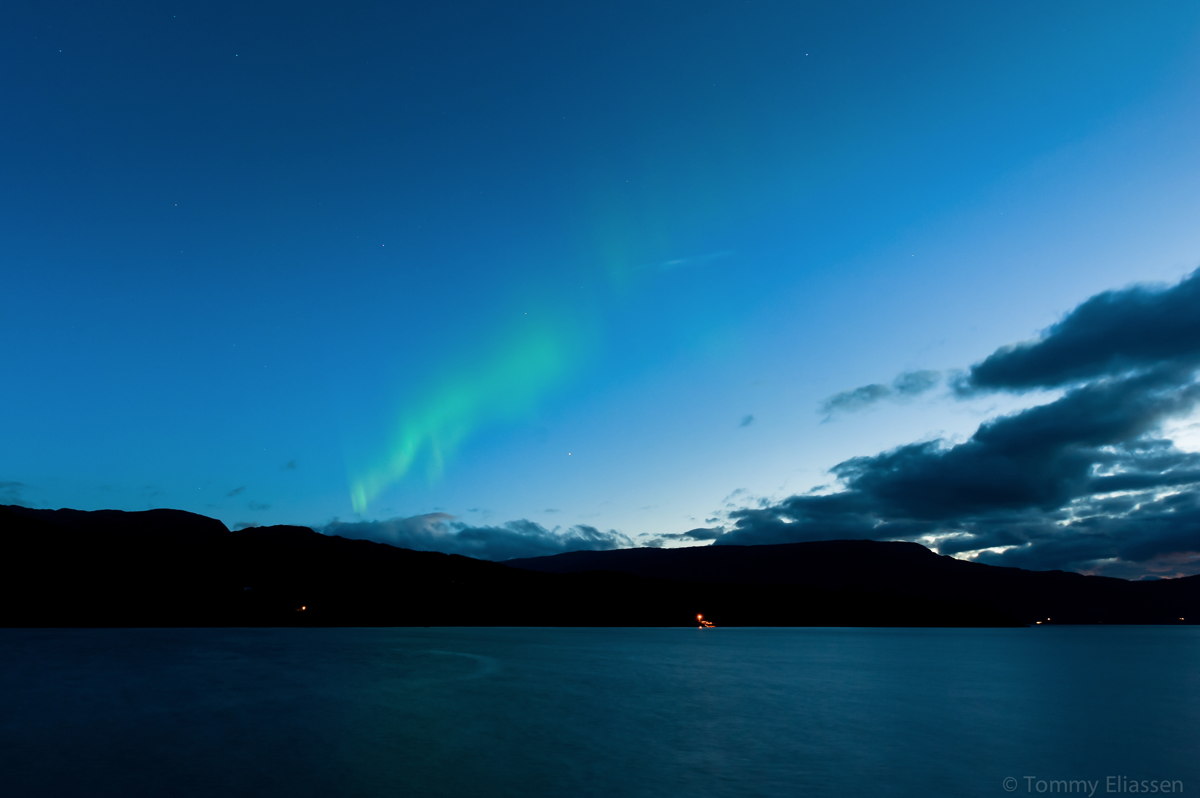
Friday, August 16, 2013: Aurora-spotter Tommy Eliassen took his first aurora photo of the autumn season in Hemnesberget, Nordland, Norway, on August 14, 2013.
— Tom Chao
Across the Sun
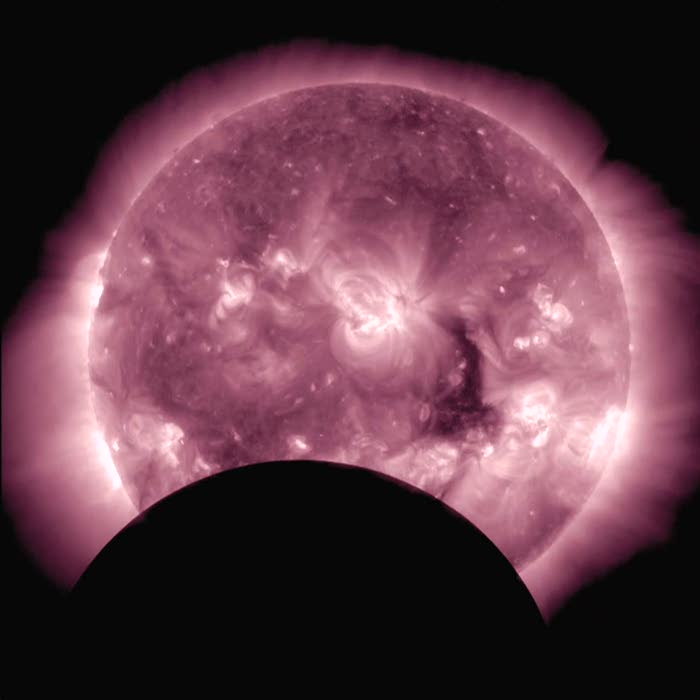
Monday, August 19, 2013: On August 6, 2013, the moon made an appearance in NASA's Solar Dynamics Observatory's view for almost 90 minutes. This occurrence has happened before, and it provides scientists with useful information. The lunar limb's sharp edge assists researchers in measuring how light diffracts around the telescope's optics and filter support grids. This data allows the scientists to fine-tune their instruments more precisely. The sun was imaged here in extreme ultraviolet light, and at the time, a large, bright active region sat right in the central area of the solar disk. SDO orbits about 22,400 miles (36,000 km) above the Earth.
— Tom Chao
Cat's Eye
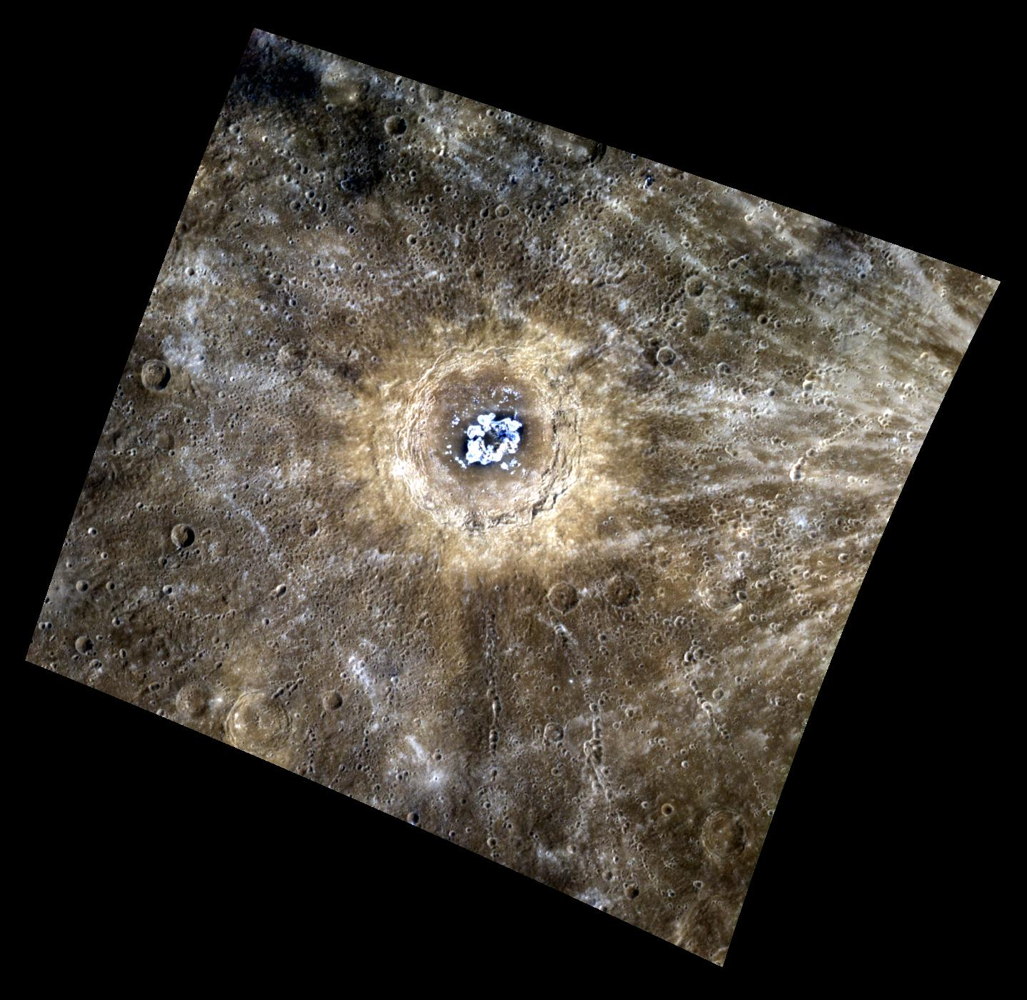
Tuesday, August 20, 2013: On Mercury lies Eminescu crater, illuminated by a bright halo of material around its edge. A ray system emanating from nearby crater Xiao Zhao appears on the right side of the image. The shape and coloration of Eminescu crater suggest the familiar sight of the Cat’s Eye Nebula. MESSENGER spacecraft acquired this image on January 3, 2012. Image released August 15, 2013. [See our MESSENGER gallery.]
— Tom Chao
Man, Nature, Technology
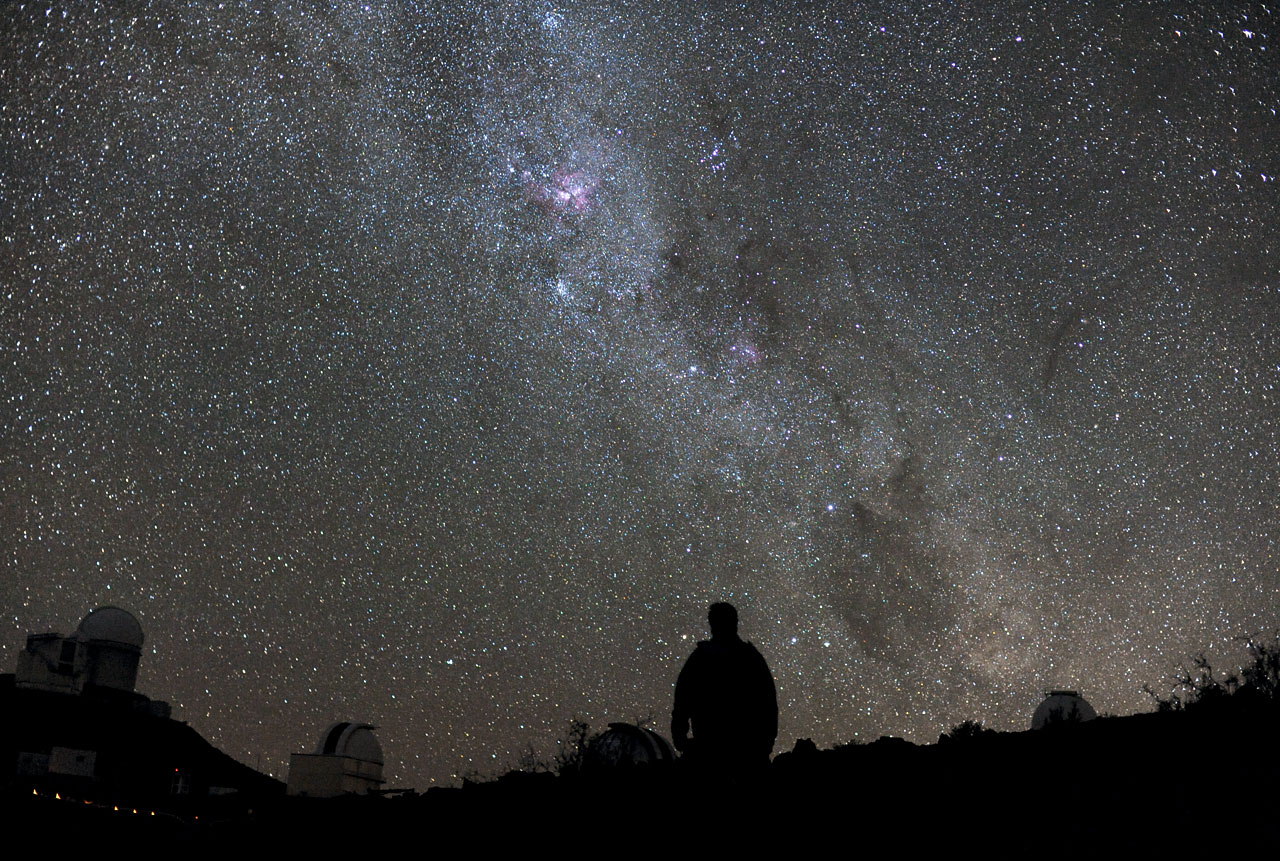
Wednesday, August 21, 2013: The Southern Hemisphere’s night sky shines in this photo taken by astronomer Håkon Dahle at ESO’s La Silla Observatory in the Atacama Desert of Chile. Dahle appears silhouetted in the foreground while telescope domes loom in the distance. Håkon took this photo during a week-long observing run at the MPG/ESO 2.2 telescope. Although the Milky Way is usually outshined by light pollution or even the moon, the skies at La Silla are so dark that it is possible to see a shadow cast by the light of the Milky Way alone.
— Tom Chao
So Many Stars
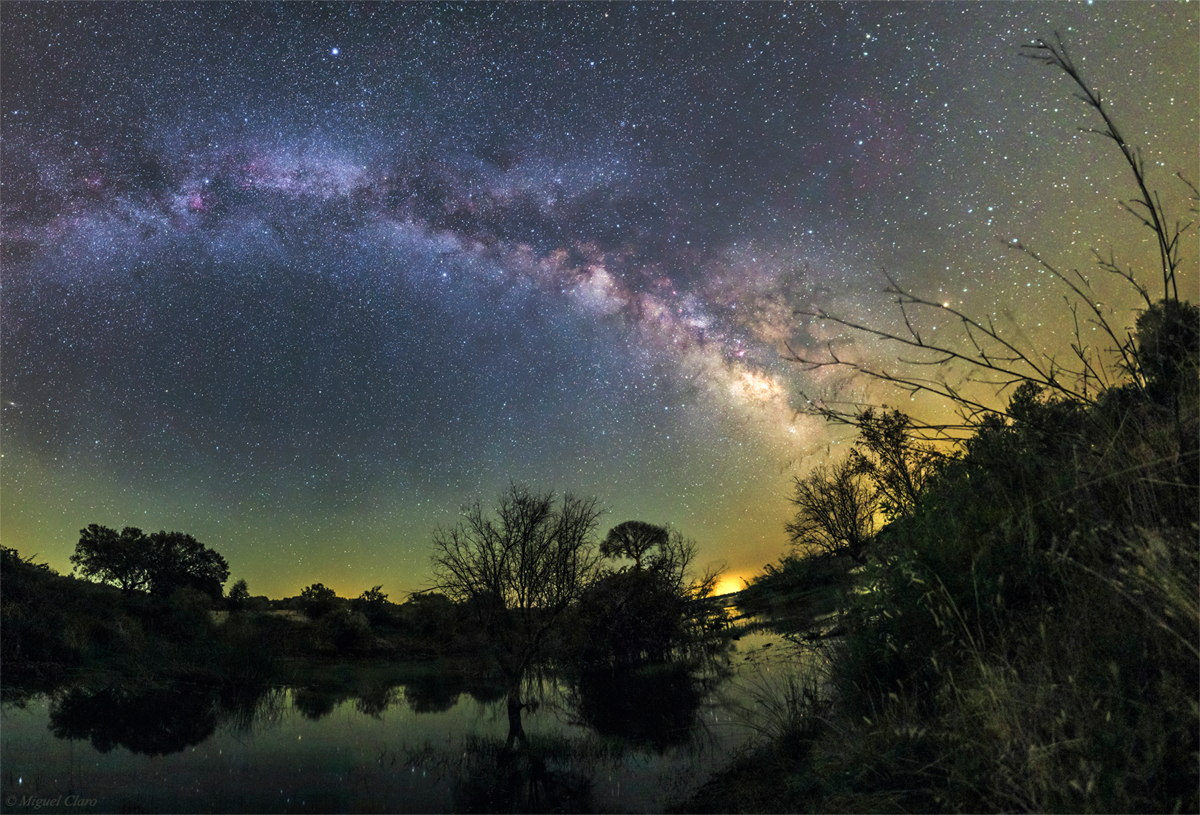
Thursday, August 22, 2013: Astrophotographer Miguel Claro captured the Milky Way in Monte Faperras, Mourão, above Lake Alqueva, in the Alqueva Dark Sky Reserve, Portugal, on July 15, 2013. The photo includes Cygnus (The Swan), with the North America nebula (NGC 7000). Down to the right lies the constellation of Sagittarius and many nebulas: M16, M17, M24, M20, and M8, plus the supergiant star Antares. At the top, the bright star is Vega, in the constellation of Lyra, which forms the well-known Summer Triangle with Deneb and Altair. At the left edge of the image, between the arc of the Milky Way and the horizon, Andromeda Galaxy M31 shines. Above the horizon line, the green/yellow band represents the airglow phenomenon.
— Tom Chao
My Propeller
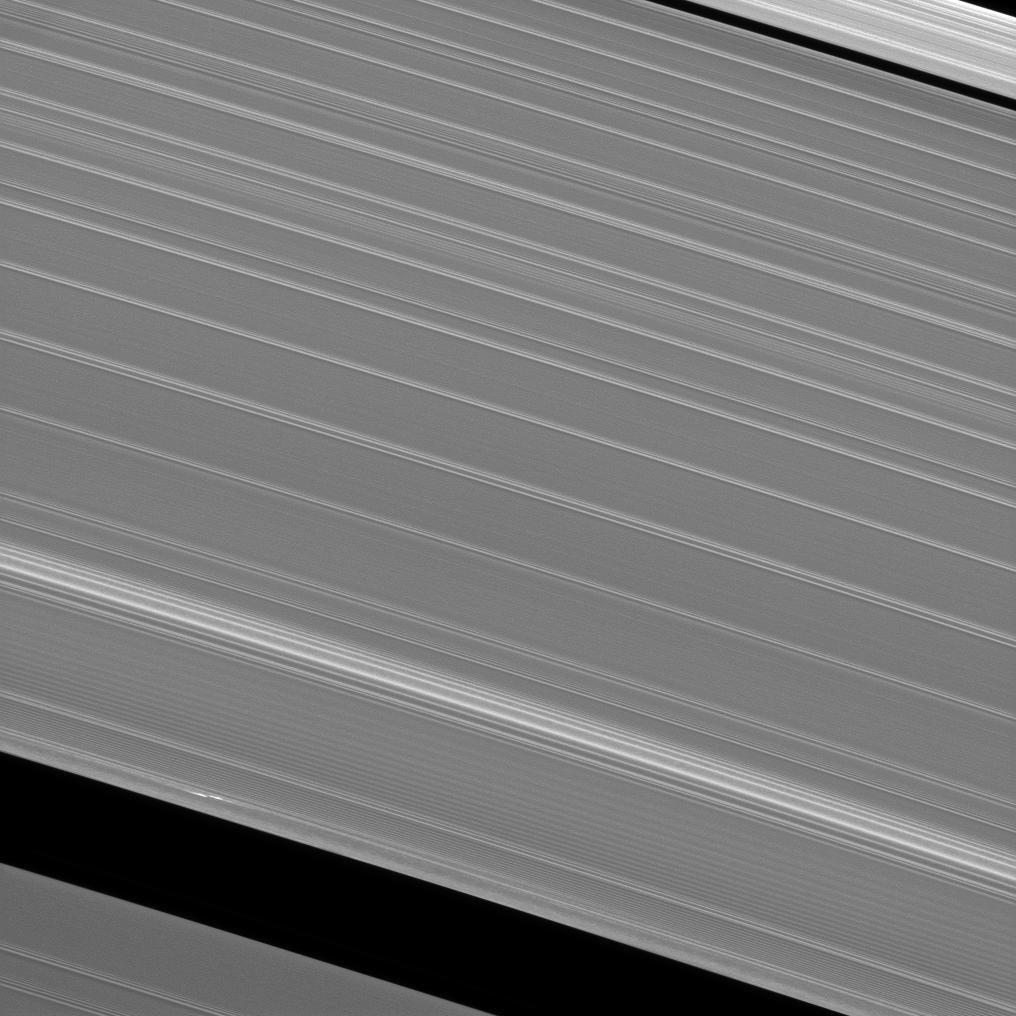
Friday, August 23, 2013: Cassini scientists observed newly discovered features in Saturn's A ring, known as "propellers." In this image, the propeller (lower left) which scientists have dubbed "Earhart" has been re-acquired. The bodies which generate the features remain too small to be seen, yet significantly larger than a typical ring particle. Scientists hope to understand how these features move around the ring over time. The image was taken in visible light by Cassini spacecraft on May 11, 2013, at a distance of approximately 250,000 miles (400,000 kilometers) from Saturn.
— Tom Chao
Get the Space.com Newsletter
Breaking space news, the latest updates on rocket launches, skywatching events and more!
Space Rock
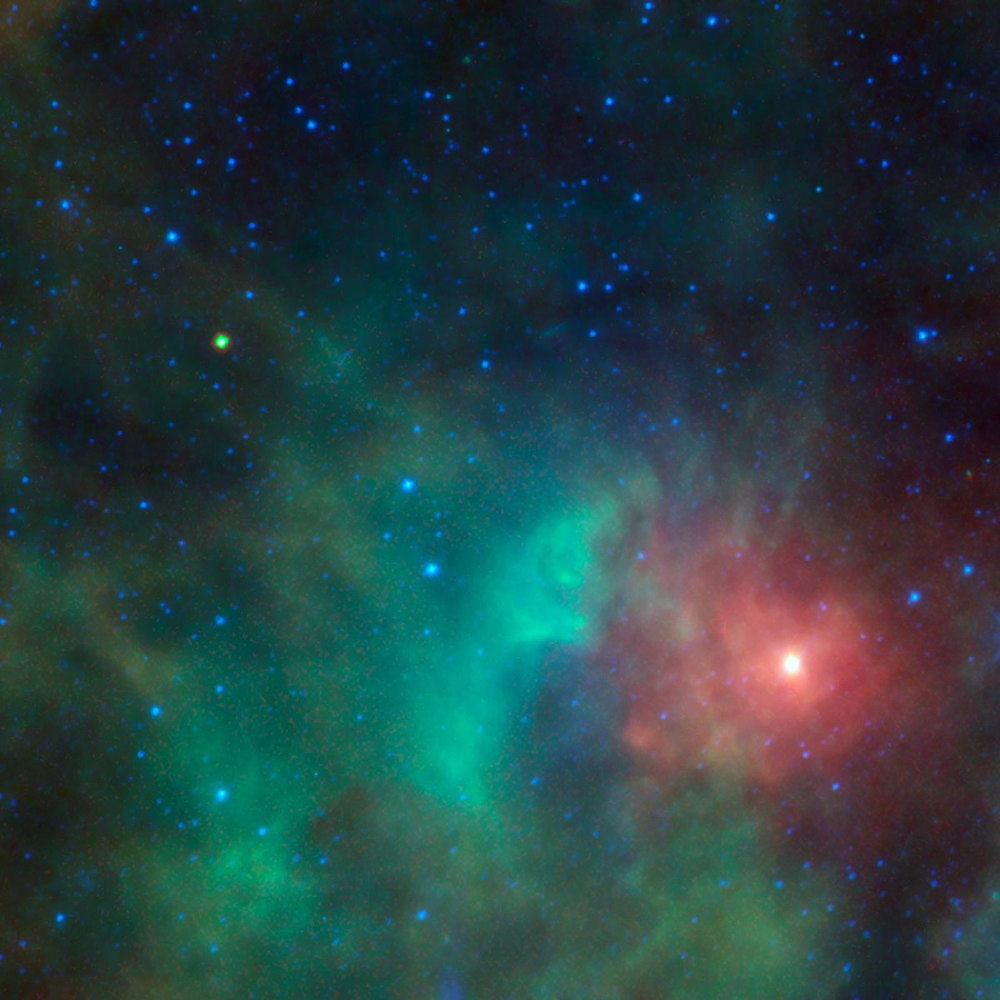
Monday, August 26, 2013: Potentially hazardous near-Earth object 1998 KN3 zips past a cloud of dense gas and dust near the Orion nebula. NEOWISE, the asteroid-hunting portion of the Wide-field Infrared Survey Explorer, or WISE, mission, captured infrared pictures of the asteroid, the yellow-green dot at upper left. The sun warms asteroids to roughly room temperature, so they glow brightly at the infrared wavelengths used by WISE. WISE infrared data reveals that this asteroid is about 0.7 mile (1.1 kilometers) in diameter and reflects about 7 percent of the visible light falling on its surface, making it relatively dark. In this image, blue denotes shorter infrared wavelengths, and red, longer ones. Hotter objects emit shorter-wavelength light, so they appear blue. The coolest gas and dust appears red.
— Tom Chao
Brighter Than a Thousand Thousand Suns
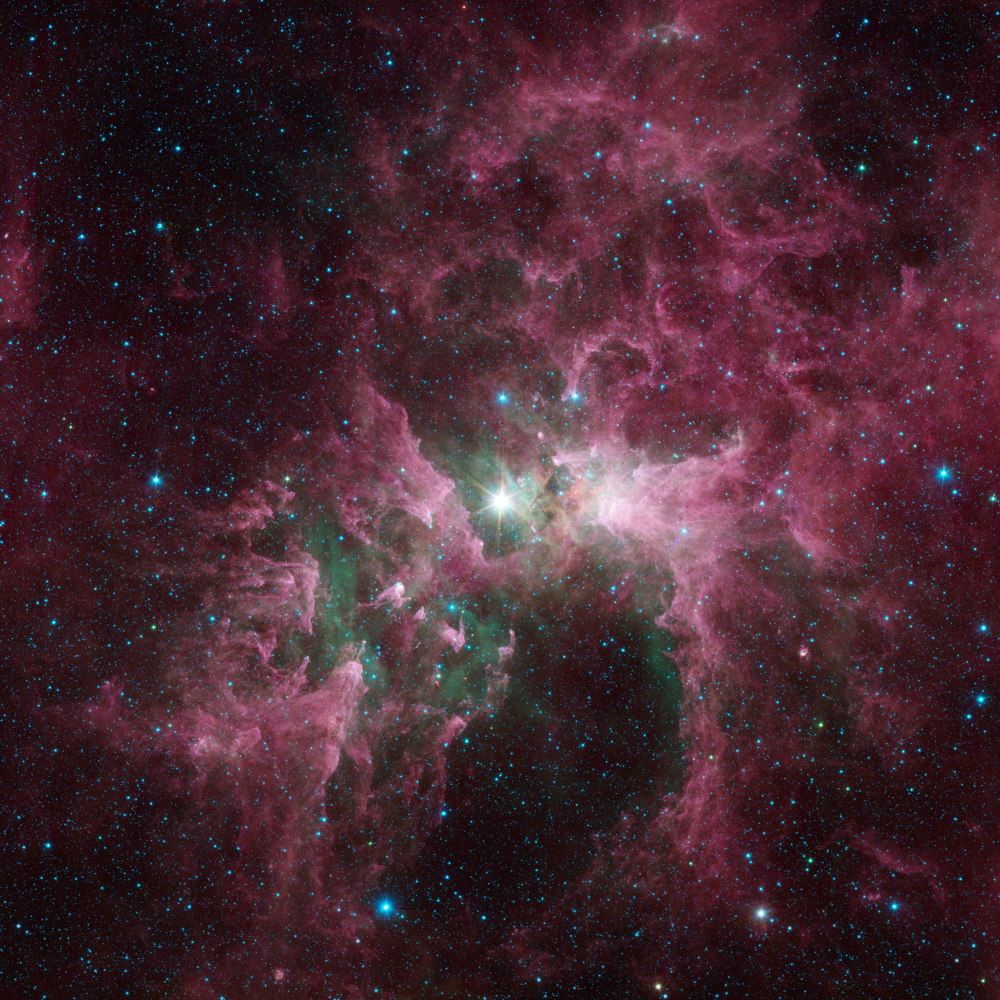
Tuesday, August 27, 2013: This new view shows the Carina nebula as seen in a new image made by NASA's Spitzer Space Telescope. At the center of the nebula lies Eta Carinae, one of the most massive stars in the galaxy. Its blinding glare sculpts and destroys the surrounding nebula. Eta Carinae represents a true giant of a star. It contains 100 times the mass of our sun, and burns its nuclear fuel so quickly that it blazes at least one million times brighter than the sun. It has brightened and faded over the years, and some astronomers think it could explode as a supernova in the not-too-distant future.
— Tom Chao
Emission Nebula NGC 6357
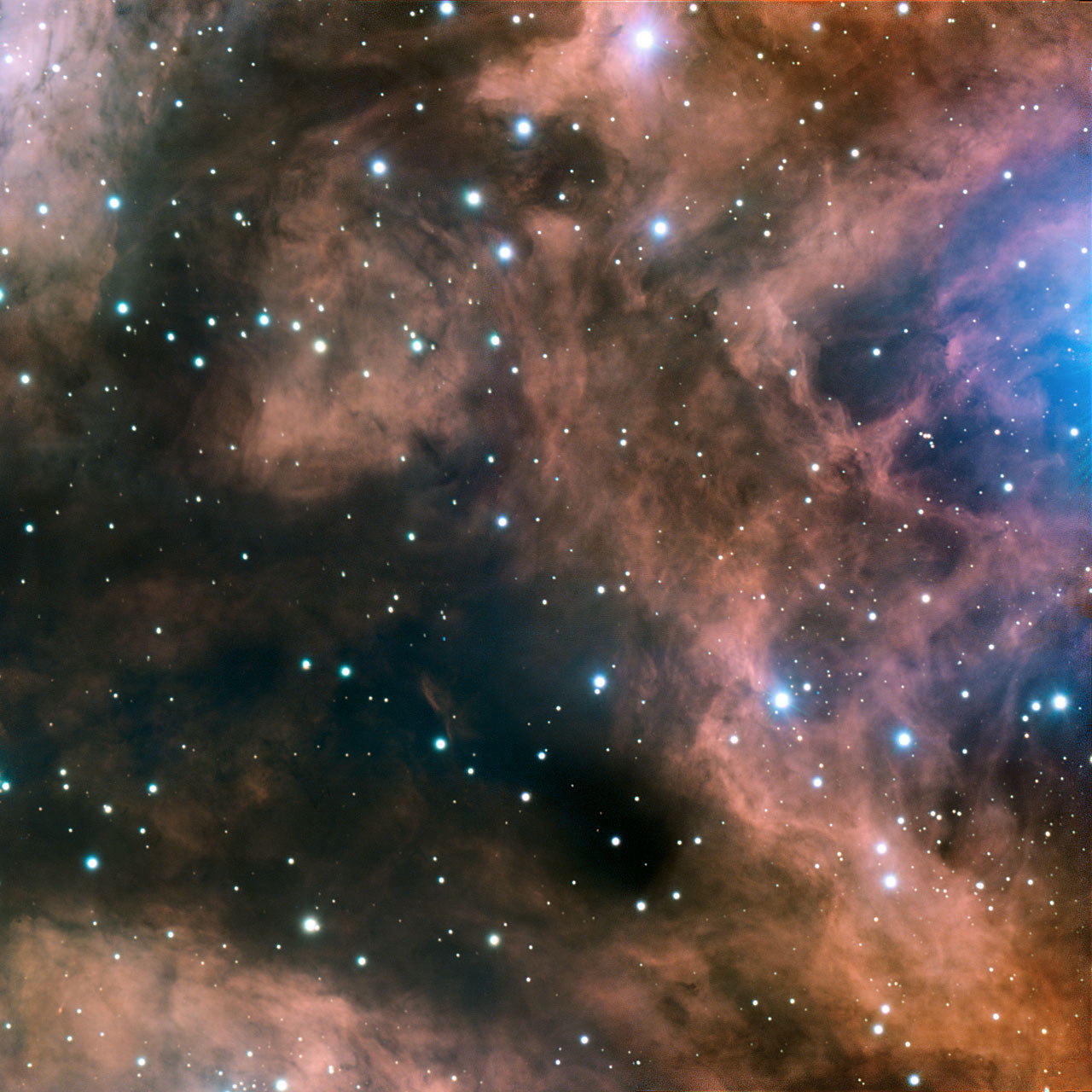
Wednesday, August 28, 2013: A small part of emission nebula NGC 6357 glows in this image. The nebula lies some 8000 light-years away in the tail of the southern constellation of Scorpius (The Scorpion). The image contains a large amount of ionized and excited hydrogen gas. The cloud bathes in intense ultraviolet radiation (mainly from the open star cluster Pismis 24 which contains some massive, young, blue stars) which it re-emits as visible light, in this distinctive red hue. The star cluster sits outside the frame, but diffuse light from the cluster illuminates the cloud at right center. This close-up of the surrounding nebula displays a mesh of gas, dark dust, and newly born and still forming stars.
— Tom Chao
Join our Space Forums to keep talking space on the latest missions, night sky and more! And if you have a news tip, correction or comment, let us know at: community@space.com.










